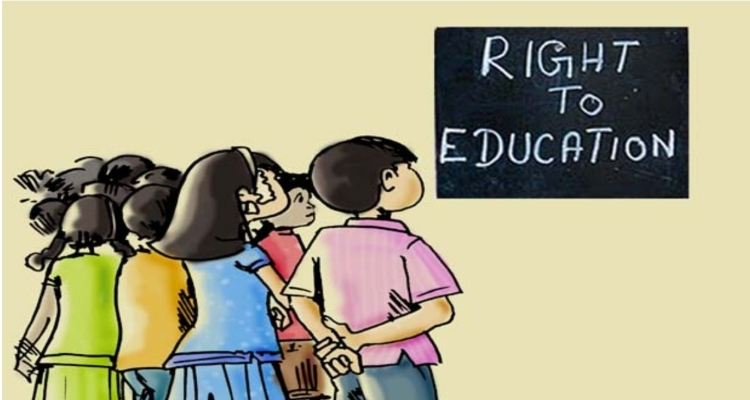The Right to Education Act (RTE Act), 2009, is a landmark legislation in India that gives every child the fundamental right to free and compulsory education. This Act ensures that all children between the ages of 6 and 14 years have access to quality education irrespective of their social, economic, or cultural background.
Historical Background
-
The 86th Constitutional Amendment (2002) inserted Article 21A, making education a fundamental right.
-
The RTE Act came into force on 1st April 2010, making India one of the few countries in the world to have education as a guaranteed right.
Key Features of the RTE Act
1. Free and Compulsory Education
-
No child shall be required to pay any fee or charges in government or government-aided schools.
-
Compulsory education means the government must ensure enrollment, attendance, and completion of elementary education.
2. Age Group Covered
-
The Act covers children aged 6 to 14 years (Classes I to VIII).
3. Reservation in Private Schools (25%)
-
Private unaided schools must reserve 25% of seats at the entry level for children from economically weaker sections (EWS) and disadvantaged groups.
-
The government reimburses schools for these admissions as per norms.
4. No Discrimination
-
Schools cannot deny admission based on caste, gender, religion, or economic status.
-
No child can be held back, expelled, or required to pass a board exam until completion of elementary education.
5. Infrastructure Norms for Schools
-
The Act mandates proper classrooms, drinking water, toilets, qualified teachers, and adequate teaching material.
-
Schools failing to meet these norms risk losing recognition.
6. Teacher Qualifications and Pupil-Teacher Ratio (PTR)
-
Only trained and qualified teachers are allowed to teach.
-
The Act prescribes a specific pupil-teacher ratio to ensure quality learning.
7. Curriculum and Evaluation
-
Curriculum must be child-friendly, free of fear and stress, and consistent with the Constitution’s values.
-
Continuous and Comprehensive Evaluation (CCE) replaces rote exams up to Class VIII.
Role of State and Local Authorities
-
Identify out-of-school children and ensure their enrollment.
-
Provide special training to bridge learning gaps.
-
Monitor schools to ensure compliance with RTE norms.
Penalties for Non-Compliance
-
Schools that violate RTE norms can face fines, cancellation of recognition, or legal action.
-
Denial of admission to an eligible child can attract strict penalties.
Benefits of the RTE Act
-
Universal access to education for marginalized children.
-
Improvement in infrastructure and teaching standards.
-
Social inclusion by mixing children of different backgrounds.
-
Reduction in dropout rates due to compulsory education provisions.
Challenges in Implementation
-
Funding and timely reimbursement to private schools.
-
Shortage of trained teachers in rural areas.
-
Inadequate awareness among parents about their rights.
-
Monitoring difficulties in remote regions.
Recent Developments / Amendments
-
Some states have introduced online portals for RTE admissions.
-
There is a growing demand to extend RTE coverage to pre-primary and secondary education (3-18 years).
Conclusion
The RTE Act is a milestone in India’s journey towards universal education. While challenges remain, its focus on equality, access, and quality has significantly impacted millions of children. Greater awareness among parents, strict enforcement by the government, and active participation by schools are key to realizing its full potential.

